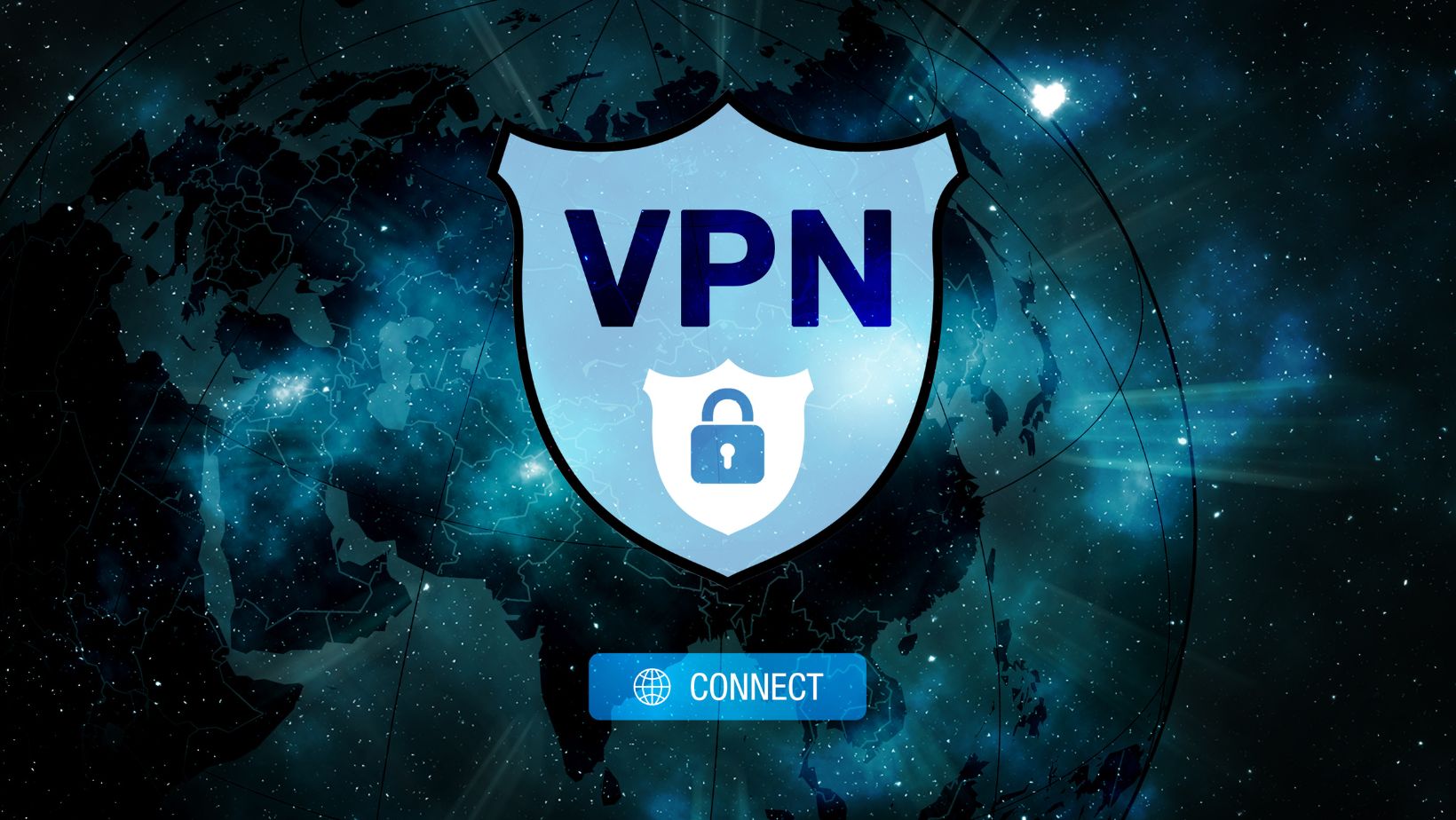Introduction
Cybersecurity in 2025 is no longer optional; it’s essential. Cybercriminals are targeting individuals, businesses, and governments with increasing frequency. Attacks are no longer limited to large corporations; small businesses, local councils, and even personal devices are now in the crosshairs.
The threat landscape has evolved. Ransomware-as-a-service has made it easier for inexperienced hackers to launch devastating attacks. AI-powered cyber threats can adapt to real-time security measures, making them harder to detect and stop.
In this digital-first world, cybersecurity must be a top priority for every connected user and organization. A single breach can result in financial loss, data theft, and long-term damage to reputation.
Understanding Cybersecurity
Cybersecurity is protecting systems, networks, and data from digital threats such as hacking, malware, and unauthorized access. At its core, it ensures information confidentiality, integrity, and availability.
It differs from data privacy, which focuses on properly handling personal information, and information security, which includes both digital and physical protections.
When discussing what is cybersecurity and why it is important, the answer lies in its role as the first line of defense in a connected world. Without it, sensitive data, business operations, and even critical infrastructure could be exposed to malicious actors. It offers a detailed breakdown of how cybersecurity works and why it’s vital in modern society.
The Modern Threat Landscape
Ransomware
Ransomware encrypts valuable data and demands payment for its release. Modern ransomware groups often target hospitals, schools, and essential services, knowing victims are more likely to pay quickly.
Phishing & Social Engineering
Phishing emails and messages trick users into sharing login credentials or downloading malware. Social engineering plays on human psychology rather than technical weaknesses, making it one of the most successful attack methods.
Malware
Viruses, worms, trojans, and spyware remain common threats. Malware can be used to steal data, disrupt systems, or gain backdoor access to networks.
Distributed Denial of Service (DDoS)
DDoS attacks flood a network or server with traffic, making it unavailable to legitimate users. Industries like gaming, finance, and e-commerce are frequent targets.
Insider Threats
Employees or contractors with access to sensitive data can accidentally or deliberately cause harm. This could be through negligence or malicious intent.
Zero-Day Exploits
These target software vulnerabilities that developers have not yet discovered or patched. Zero-day attacks are hazardous because there’s no existing defense at the time of attack.
Common Weaknesses Cybercriminals Exploit
Cybercriminals thrive on weaknesses, including:
Weak passwords and a lack of multi-factor authentication.
Outdated software that contains unpatched security holes.
Misconfigured cloud services that leave sensitive data exposed.
Poor employee awareness leads to falling for phishing scams.
Core Cybersecurity Essentials
Strong Authentication and Access Control
Multi-factor authentication (MFA) adds a second verification step beyond passwords, reducing the risk of unauthorized access. The principle of least privilege ensures users only have access to what they need.
Regular Updates & Patching
Cybercriminals exploit vulnerabilities in outdated software. Automatic updates for operating systems, applications, and security tools help close these gaps quickly.
Data Encryption
Encrypting data at rest and in transit ensures that it can’t be read without the correct decryption key, even if it’s intercepted.
Firewalls & Network Security Tools
Firewalls filter incoming and outgoing traffic, while Intrusion Detection and Prevention Systems (IDS/IPS) monitor for suspicious activity. Network segmentation limits the spread of an attack.
Endpoint Protection
Modern endpoint protection solutions go beyond antivirus. They include Endpoint Detection and Response (EDR) tools that actively monitor and respond to threats on devices such as laptops, smartphones, and IoT gadgets.
Building a Cybersecurity-Aware Culture
Technology alone can’t protect against every threat-people are just as important.
Employee training ensures staff can identify phishing attempts and suspicious activity.
Using virtual reality safety training can also prepare employees for real-world scenarios in a safe environment.
Clear security policies help enforce best practices.
Simulated phishing tests prepare employees for real-world attacks.
Advanced Strategies for Modern Threats
Zero Trust security assumes no user or device is trustworthy by default, verifying every connection.
AI-driven detection uses machine learning to identify unusual patterns and stop attacks before they cause damage.
Threat intelligence feeds provide real-time data on emerging threats.
Incident response plans outline clear steps to contain and recover from attacks.
For a deeper understanding of AI’s role in defense, the World Economic Forum highlights how machine learning is transforming cybersecurity. The NIST offers valuable guidelines for aligning cybersecurity practices with compliance obligations.
Cybersecurity in Different Environments
Small Businesses
Affordable solutions like managed security services and cloud-based protection can secure smaller networks without large budgets.
Large Enterprises
Advanced monitoring, dedicated security teams, and compliance-driven strategies are essential for large-scale operations.

Remote Workforces
Home networks and personal devices need the same level of protection as corporate offices. VPNs, MFA, and device management tools are key.
Critical Infrastructure
Energy grids, healthcare facilities, and transportation systems require stringent cybersecurity to prevent disruptions. Reports from CISA emphasize the importance of securing these vital systems.
Future of Cybersecurity
Quantum-safe encryption will protect against future quantum computing threats.
Global cybersecurity cooperation will lead to faster detection and response to worldwide threats.
Autonomous security systems will use AI to detect and respond to incidents without human intervention.
Conclusion – Staying Ahead of Threats
Cybersecurity in 2025 is about being proactive, not reactive. From ransomware to insider threats, the risks are real and constantly evolving. Organizations and individuals must adopt a layered defense strategy, combining strong technology, effective policies, and informed people.
A culture of vigilance, supported by ongoing training and advanced security tools, ensures that you’re ready to face whatever digital threats come next.
FAQs
Q1: What is the most important cybersecurity practice for individuals?
Using multi-factor authentication and strong, unique passwords is one of the best ways to protect personal accounts.
Q2: How often should businesses update their security systems?
Security updates should be applied as soon as they are released. Regular reviews of security tools and policies should be conducted quarterly.
Q3: Can AI completely replace human cybersecurity experts?
No. AI can automate detection and response, but human expertise is still needed for strategy, complex decision-making, and understanding context.


